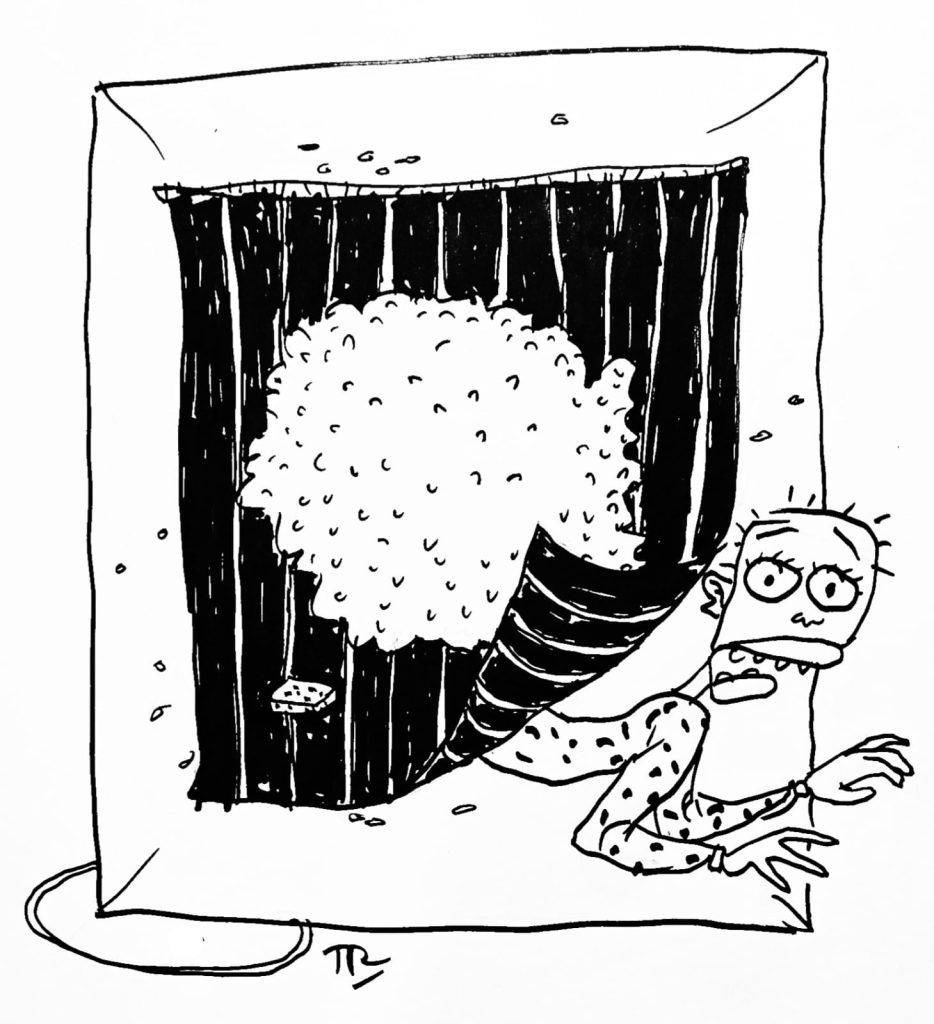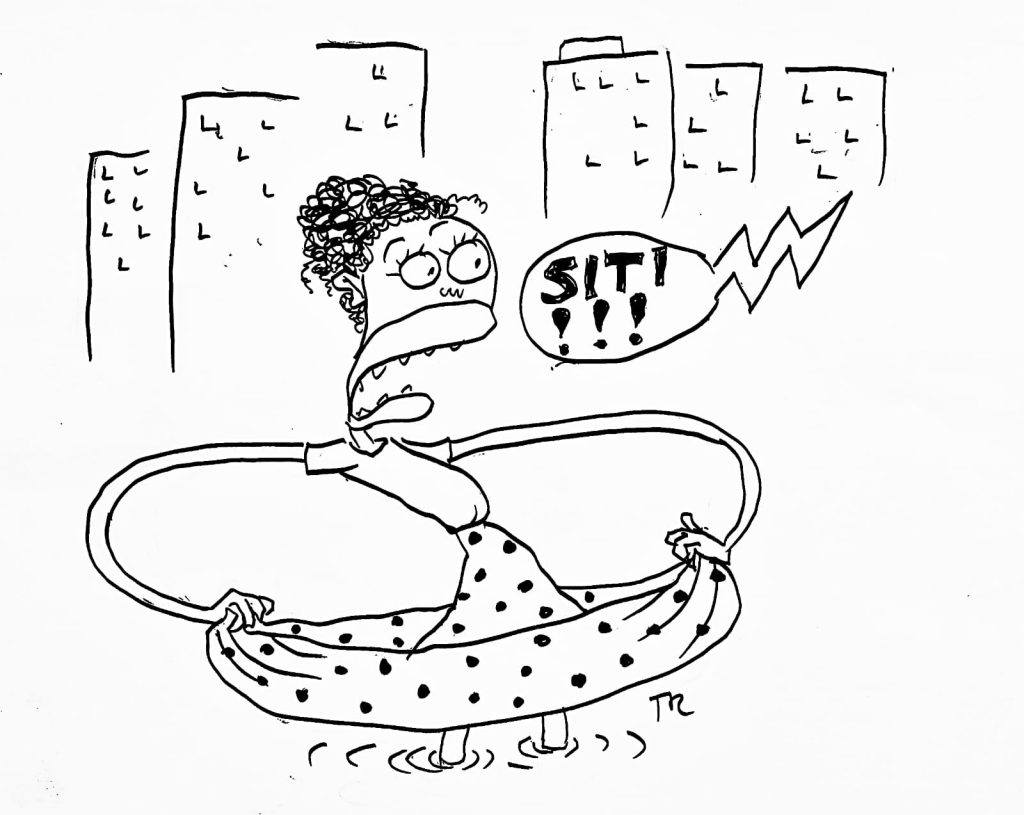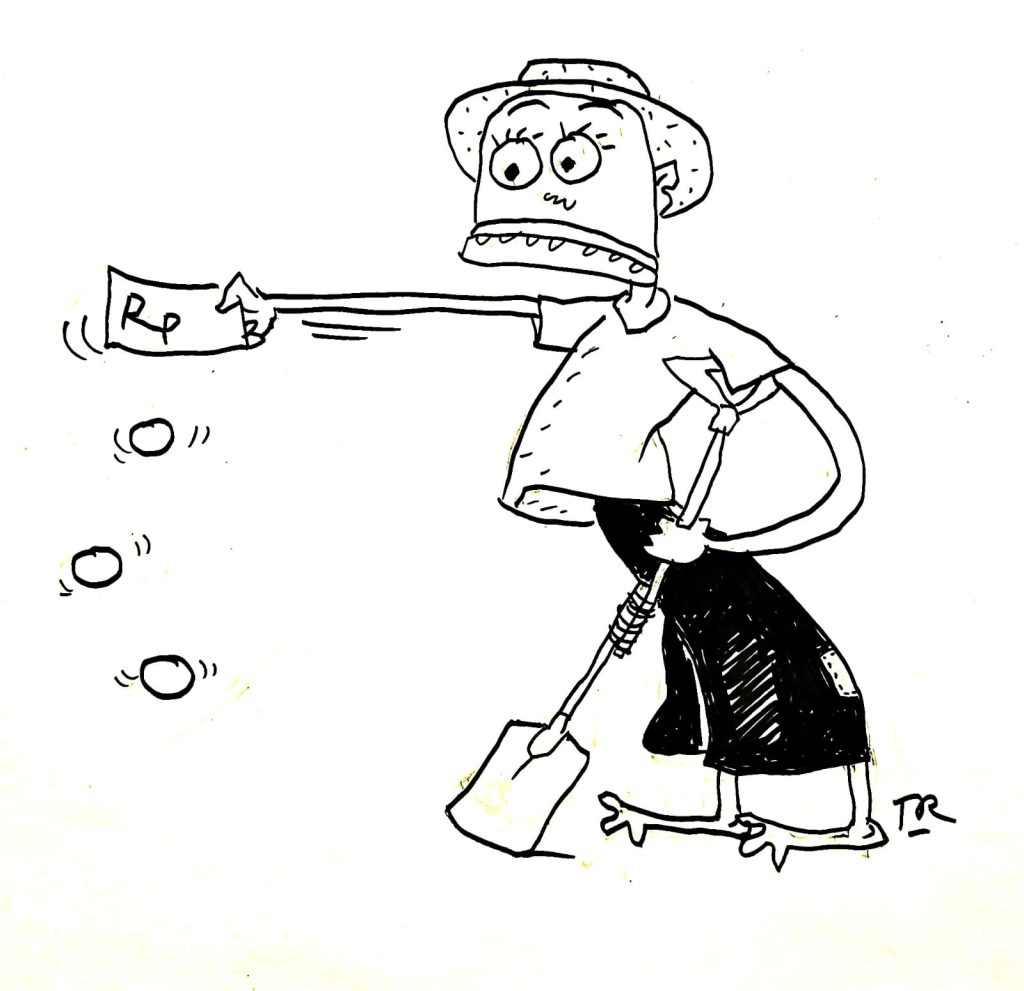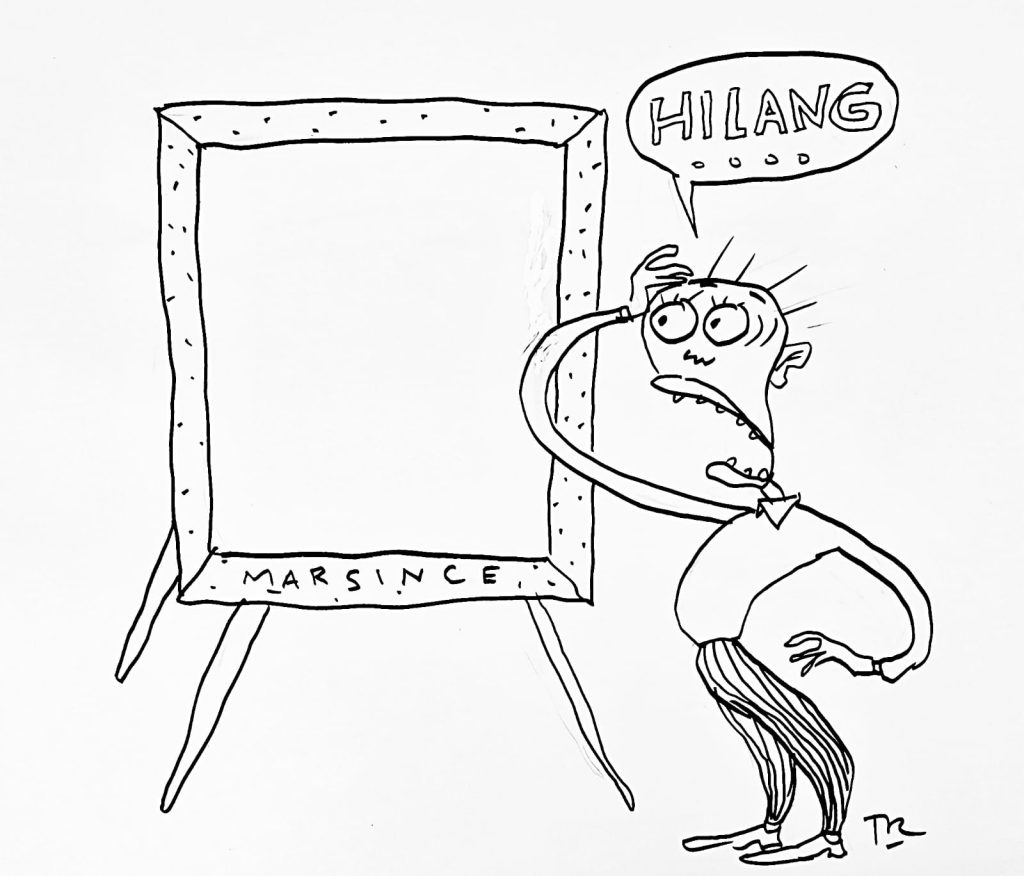Abstract
In creative industries like entertainment, advertising, marketing, and media, humor is commonly embraced as it aligns with creativity and brings surprise by breaking some norms. However, in more serious or non-creative industries, humor is often seen as rare, unnecessary, or even censured. Nevertheless, in serious workplaces, daily communication with humor and its benefits should be encouraged. Leaders are advised to actively engage in the daily affairs of the company to effectively navigate their serious environments. This research aims to explore how leaders in serious business environments utilize humor as a leadership communication strategy. Examining humor in four leadership styles exercised by two Indonesian executives, this study also delves into understanding these leaders’ interactions with their serious environment using humor and the challenges. The leaders demonstrated various styles of situational leadership, each with their own weight and approach to utilizing humor in their communication. Challenges would be faced by the leaders using humor in the workplace: interactions between diverse background, concerns and generation gaps.
References
Burke, R., & Barron, S. (2014). Project Management Leadership: Building Creative Teams (John Wiley & Sons (Ed.); 2nd ed.).
Communication Barriers in the Modern Workplace. (2018). https://impact.economist.com/perspectives/sites/default/files/EIU_Lucidchart-Communication barriers in the modern workplace.pdf
Deal, T., & Kennedy, A. (1982). Corporate Cultures. Reading MA: Addison-Wesley.
Flood, E., & Avillo, A. (2017). Full-Contact Leadership. PennWell Corporation.
Gockel, C., & Vetter, L. (2017). Humor in Leadership: How to Lead People with Humor. In T. Scheel & C. Gockel (Eds.), Humor at Work in Teams, Leadership, Negotiations, Learning and Health (pp. 47–60). Springer.
Hoption, C., Barling, J., & Turner, N. (2013). “It’s not you, it’s me”: Transformational Leadership and Self-deprecating Humor. Leadership & Organization Development Journal, 34(1), 4–19.
Huston, C. J. (2017). The Road to Leadership. Sigma Theta Tau International.
Kowalski, T. (2015). Effective Communication for District and School Administrators (2nd ed.). Rowman & Littlefield Education.
Landry, L. (2020). 8 Essential Leadership Communication. Harvard Business School Online. https://online.hbs.edu/blog/post/leadership-communication
Martin, R. A. (2007). Introduction to the Psychology of Humor. In The Psychology of Humor: An Integrative Approach (Elsevier, p. 18).
Sampietro, M. (2017). Humour at The Workplace. Rupa Publications India.
Scheel. (2017). Definitions, Theories, and Measurement of Humor. In T. Scheel & C. Gockel (Eds.), Humor at Work in Teams, Leadership, Negotiations, Learning and Health (pp. 9–25). Springer.
Schermer, J., Papazova, E. B., & Kwiatkoska, M. M. (2021). Predicting Self-Esteem Using Humor Styles: A Cross-Cultural Study. In E. Vanderheiden & C.-H. Mayer (Eds.), The Palgrave Handbook of Humour Research (pp. 15–40). Palgrave-Macmillan.
Ullian, J. . (1976). Joking at Work. Journal of Communication, 26(3), 129–133.
https://journal.stikosa-aws.ac.id/index.php/spektrum/article/view/939








